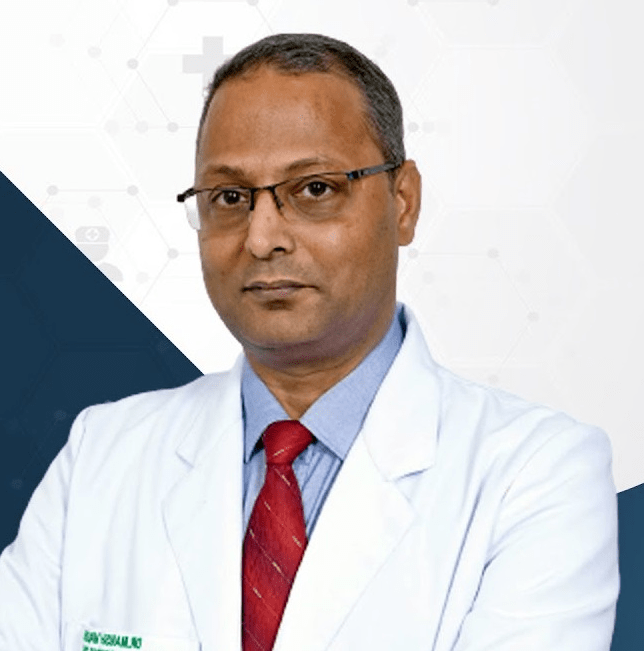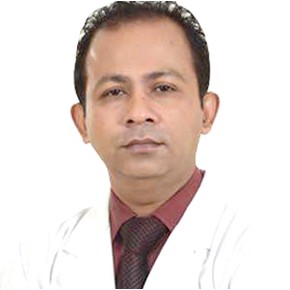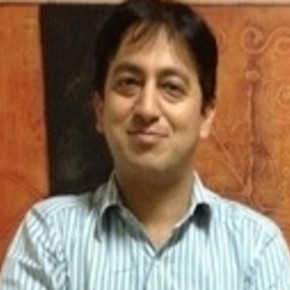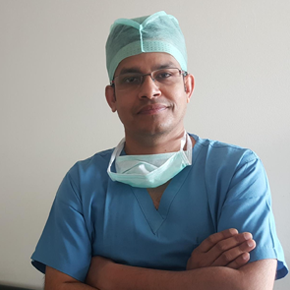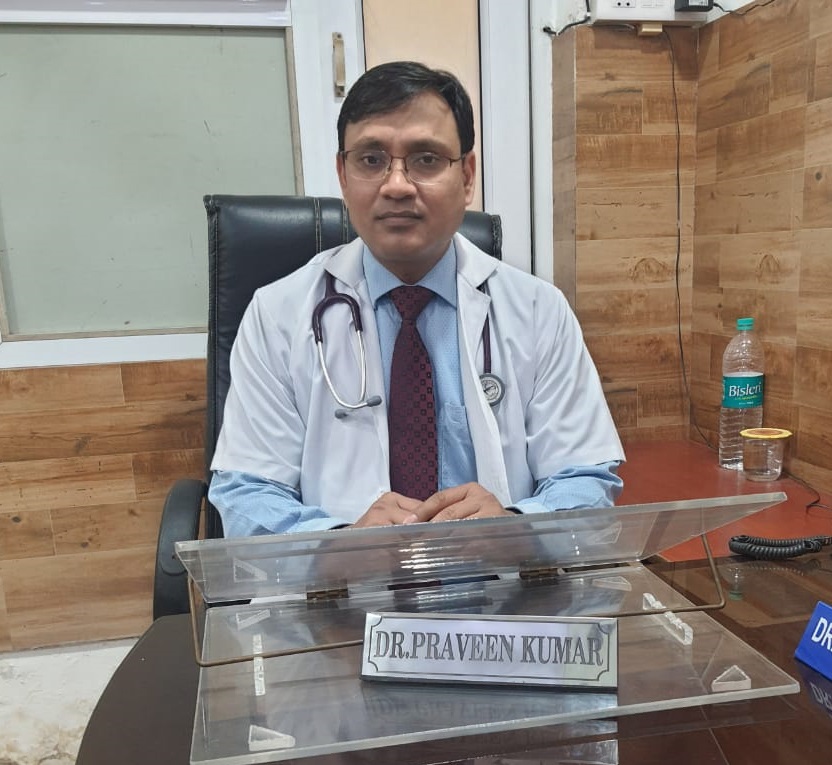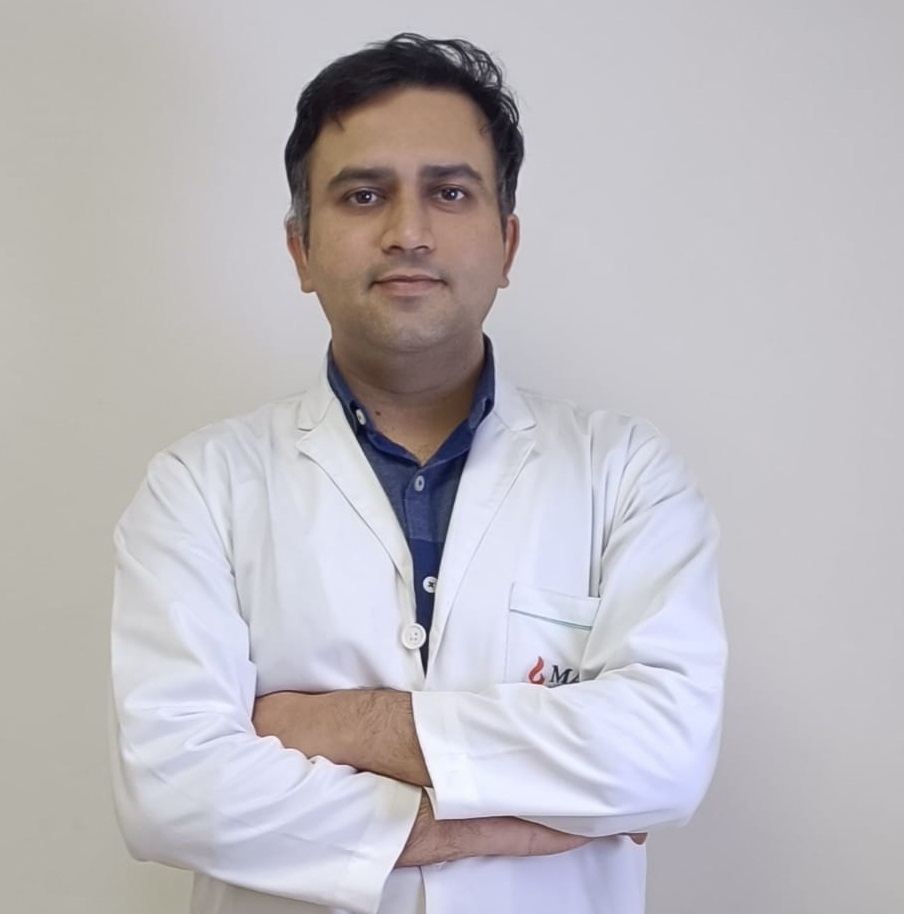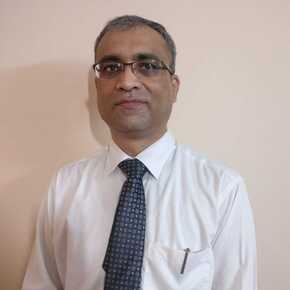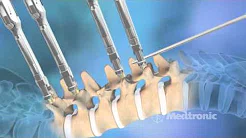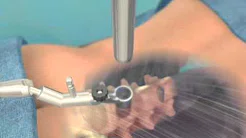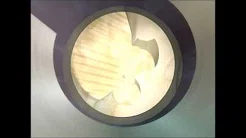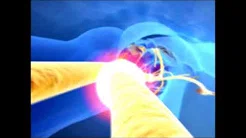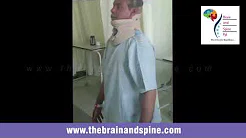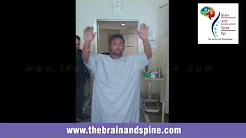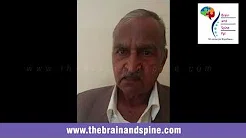Shunt Surgery
The excessive accumulation of cerebrospinal fluid (CSF) in the brain is termed as Hydrocephalus and is life-threatening condition that needs immediate surgical intervention i.e. Shunt surgery of ventriculoperitoneal. The surgery is performed to reduce the pressure created by fluid accumulation in the brain.
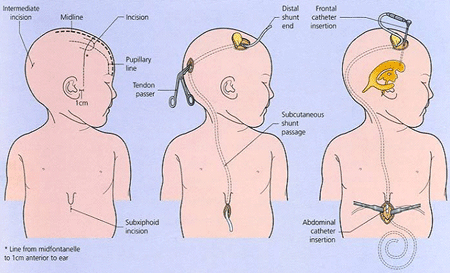
Shunt surgery is a surgical procedure that involves insertion of a drainage system into the brain that will move excess fluid from the brain to another part of the body (mainly abdomen).
Procedure:
Shunt surgery is performed under general anaesthesia in the operating room. As brain is the surgical area, scalp of the patient is shaved (partly or completely). An antiseptic solution is used to clean up the patient from scalp to the abdominal area. Now the real procedure starts with surgeon making small holes or incisions on the head and abdomen. This allows the passage of shunt through the fatty tissue just below the skin. To allow the passing of the ventricular end of the shunt into the lateral ventricle through the brain, a small hole is made in the skull. This opens the membranes between the skull and the brain. The small opening in the lining of the abdomen guides the abdominal (peritoneal) end into the abdominal cavity. The excess CSF is eventually absorbed in the abdomen. The small incisions are then treated and closed with sterile bandages.
After Surgery:
Patient is kept under observation for the first 24 hours after surgery. The discharge is usually allowed between 3-7 days with instructions and guidelines about the shunt. Patient is also advised to do some rehabilitation therapies for attaining the original levels of motor skills and fastening the healing process. Follow-up visits are necessary for detailed post-operative check-up.
In some cases, the shunt may fail to work. As a result, the CSF fluid will again build up in the brain. This might require the revision of shunt. Otherwise most of the symptoms of hydrocephalus improve after shunt surgery.
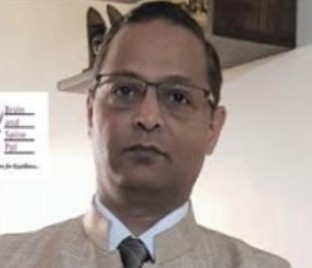

 Request an Appointment
Request an Appointment Request Online Consultation
Request Online Consultation Enquiry form
Enquiry form

